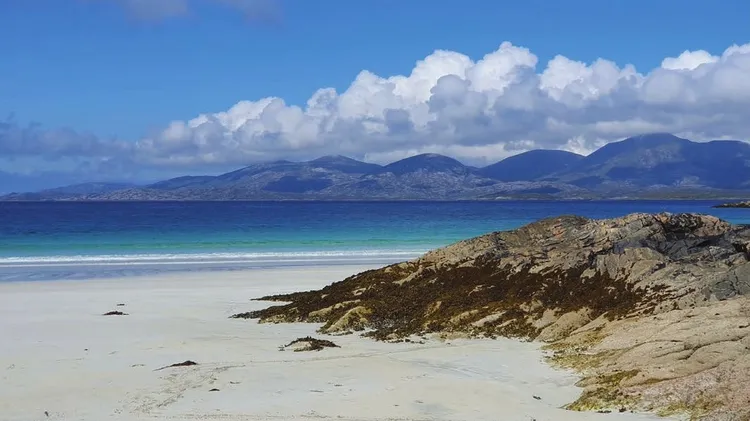Gilly Pickup shares her top destinations for immersing yourself in na
Escape to a remote haven
2 min read
This article is from...
Read this article and 8000+ more magazines and newspapers on Readly






